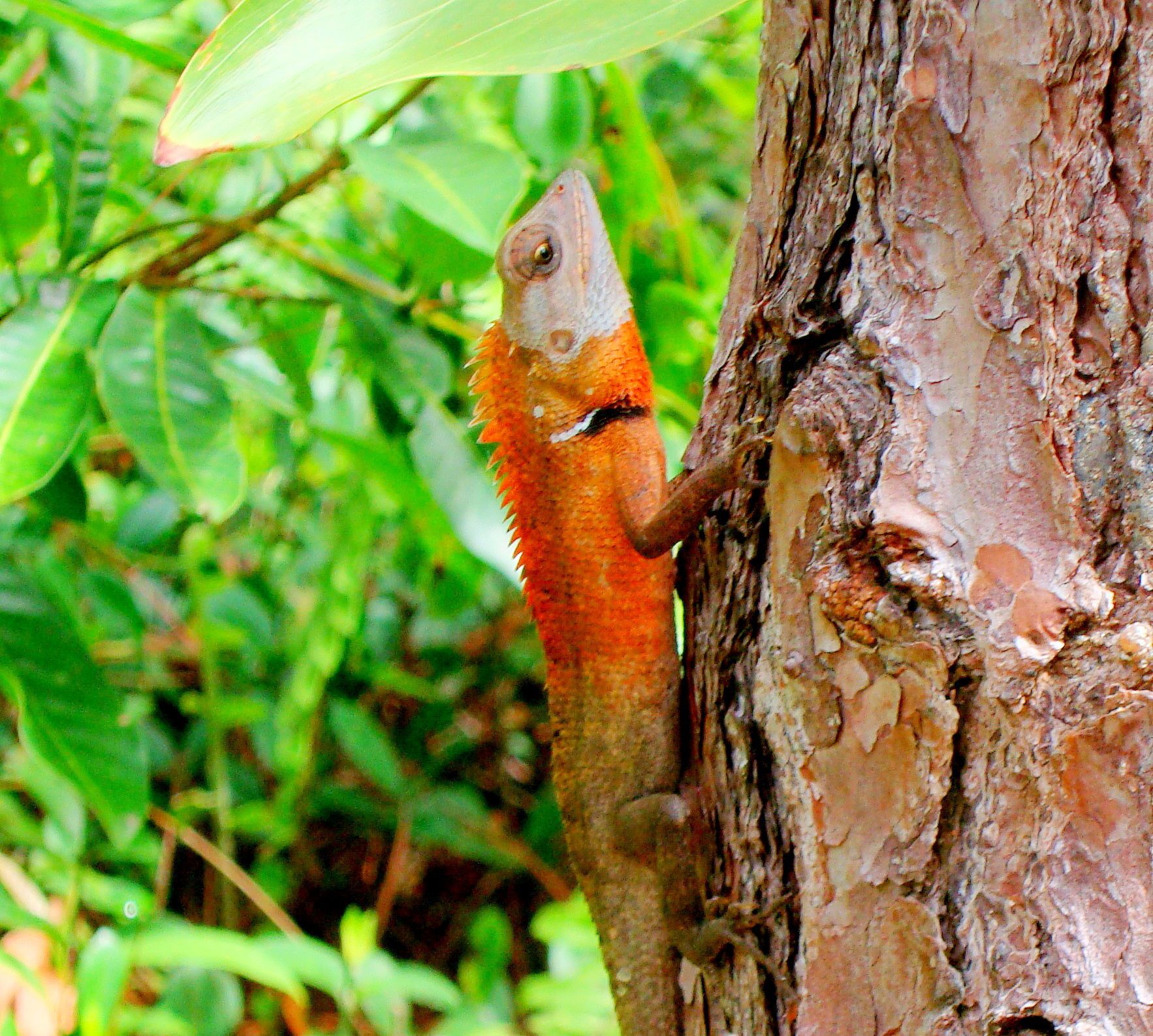The Iguana family is considered the largest of the lizard families. The most common are the green iguanas. But there are also some with colorful skin, they are known as the red iguana.
One of the popular red iguanas is the Red sided skink. These are multicolored terrestrial and semi-aquatic lizards that are native to the rocky steppes and open forests habitat of Southern and Eastern Africa.
Today, these red iguanas are now the most common well-liked pet reptiles. They are also one of the most purchased on some pet shops. Thus, these red iguanas are now found in the garden and even inside the house.
Care and Feeding Your Red Iguana
Like any other pet, there are some requirements needed in order for the red iguana to grow on its new environment.
1. Proper Housing
A red iguana can live in an aquarium with 30 gallons of water. Enclosures can vary in shapes, sizes and styles, and are made out of glass or wood. The base should be easy to clean. The most efficient to use is the newspaper, but linoleum and artificial grass are also excellent options as well. Keep enclosures away from soil, sand and bark, as these can lead to impaction or obstruction if your iguana ingests them. It is also important to provide them with shallow container for the food and water. These food and water dishes must be thoroughly disinfected and cleaned regularly. It is also necessary to add climbing materials such as twigs, barks, broad limbs and rocks.
2. Right Feeding
Iguanas in general are herbivores and should be given a variety of vegetable and fruits. The bulk of the diet must contain green leafy vegetables such as mustard greens, escarole, kale, and spinach. But it is also important to feed them with limited amount of protein rich foods. You can also offer mixed vegetable like green peppers, squash, frozen mixed vegetables and green beans, and fruits like, bananas, mangoes, and apples. Like other pets, iguanas should be fed everyday.

3. Appropriate Amount of Water
Water is the most essential needs of the iguanas, thus it should be readily available. Normally, iguanas get water through the plant they consume, others lapping water off wood or on the leaves. Exposing your iguana on your environment early in the morning will avoid them from being dehydrated. These iguanas provided with water dishes can train on their own to purge on their water. So, it is important that their dishes are regularly cleaned to prevent bacterial infections.
4. Grooming your Iguana
Like all pets, your iguana must also be properly groomed. Bathing is a good routine to get your iguana used to. It is one way for your pet to obtain water and cleanse themselves. Bathing should be done using lukewarm water in a shallow container, at least 3 times a week. Always, aid your pet to avoid accidents. Keep in mind that not all iguanas have fun during bath time, some might panic.
5. Handling your Iguana
Iguanas should be handled frequently to discipline or tame them. Your pet iguana can be trained to show fondness for those who handle them regularly. They should be held 2-3 times everyday for at least fifteen minutes. Gently stroke, their back and neck and get your pet reptile used to handling and picking them up. Just keep in mind that iguanas can be aggressive by nature so extreme caution is needed in handling your pet reptile.
The information above are some facts about the red iguanas that you must keep in mind. Remember that the pet iguanas are also important and should be treated with proper care.
